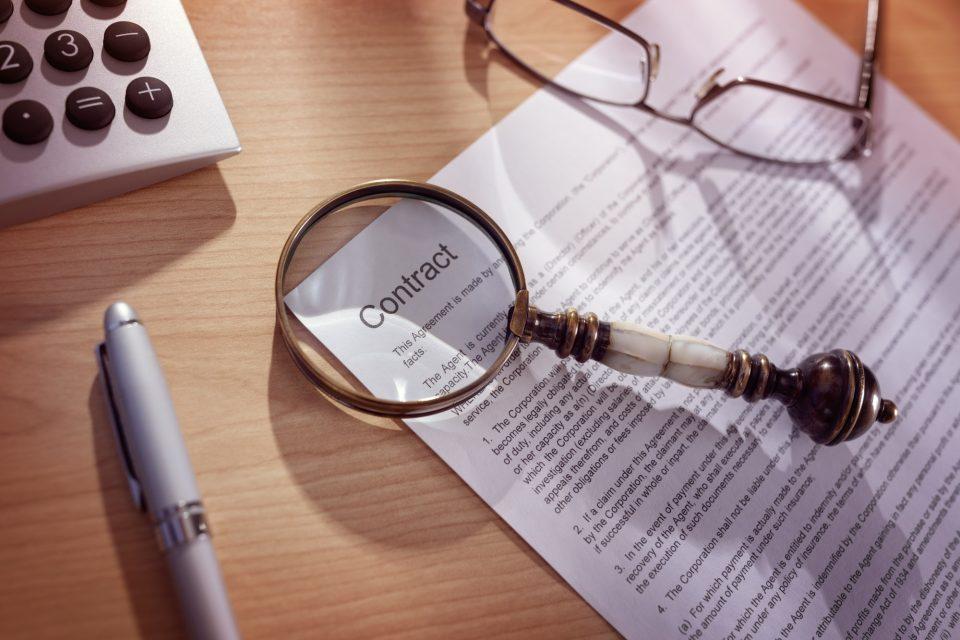Now that the recording is done, where do you go? Even though you have all the right mixes together and everything is placed in the correct place, there are still other things to put into the right area before you can finish your CD. Knowing what to do after the recording can help you move in the right direction towards a successful CD.
The first thing you want to do after completing your CD is to send it to the copyright office. This will stop others from stealing your music and will allow you to keep a track record of what you have put together. Typically, you will need to fill out a copyrighted sheet for the office and send a copy of your CD with the copyright fee. This will last for a certain number of years before you need to re-register your copy.
After this step, you can set up various ways to keep your music licensed and registered. One of the options to look into is ASCAP or BMI. Both of these areas keep track of music that is composed of individuals. If these musical pieces are ever performed, the area will send a performance fee for the composed music. If your CD isn’t finished yet, you should consider registering with either one of these groups for musician rights, and you should make sure that you send them all the music that you have done so that a track record can be kept.
The third area that should be considered is royalties for others using your music. For instance, if someone hears your song and wants to use it on their own compilation recording, you will want to get royalty rights. Certain businesses, such as Harry Fox, keep track of your music as a publishing license and allow you to gain royalty fees for every CD that is sold on someone else’s compilation.
Along these lines are different licensing options that are being used. Typically, these will become an important factor if your music is used for something like a television show or a band. Every time someone uses your song for mixed media, they become responsible for paying you a mechanical licensing fee as well as a royalty fee. This means that you still own the copyright to the music but allow them to ‘lease’ the song for their own purposes. Typically, ASCAP or BMI can help you keep track of your CD songs that are played in other places, as long as it is registered through them and the individual goes through this company to get the proper requests completed for the music.
After this point of registration, you have options of how you want to proceed with preparing your music, dependent on what you need. With the growth of technology, are two main ways in which you can approach your CD sales. The first is through the Internet, and the second is through physical distribution. The physical distribution can include publishing areas such as on-demand printing and online portals or physical areas that can support the music moving through their area.
If you move into digital distribution, you can look into several areas that consolidate sales. This is typically done through a space such as CD Baby, SnoCap, or IODA. Both of these will take your CD music, turn it into MP3s and distribute it to online spaces and jukeboxes that will play them. All you will need to do is register your CD or music through this area for a small fee and allow the portal to handle the rest for you.
No matter what type of music you are piecing together, and no matter what your intent is for use, you should always consider legalities and claims options. In the long run, this will help you approach your CD as a product that you are selling and provide you with more options for getting your music into the public eye.




